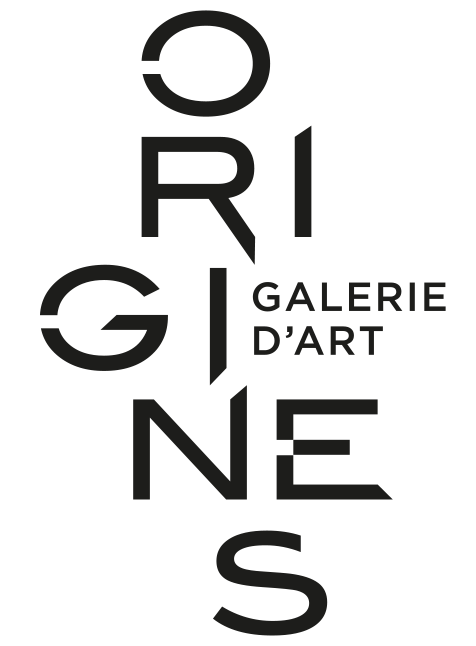IVANOFF Vassil
IVANOFF Vassil
Vassil Ivanoff was the son of Maria Koitcheva and Ivan Ivanoff. After the First World War, he became a schoolteacher and began studying plastic arts, painting, drawing and theatrical decoration in Bulgaria.
He settled in France in 1922 and worked until 1945 in several professions: house painter, artist painter, decorator, fabric painter and art photographer. He got married in 1927.
Around the age of 50 he discovered the art of clay by reading the Art of Pottery, a book by the English ceramist William Lee. He then chose to make it his profession.
He settled in La Borne in 1946 to devote himself to working with stoneware. Equipped with a wood-fired kiln, he searched for the raw clay himself, the oak wood to feed his kiln, turned, prepared his glazes and fired, determined to discover all the mysteries of pottery.
The quality of his oxblood glazes contributed to his reputation and placed him in the great tradition of ceramists of this pottery center. An outstanding figure of the 20th century, he was considered the first expressionist in ceramics.
His unclassifiable sculptures, the result of assemblies of turned and cut pieces, testify by their monumental character to the evolution towards a plastic ceramic.
Vassil Ivanoff is at the origin of the revival of modern ceramics, and in particular that of stoneware which reached its peak in the 1970s.
His work, consisting of nearly three thousand pieces, evolved between traditional pottery made on the wheel and sculptor's ceramics. We discover three types of creations: plates and engobed pieces with engraved decoration, sculptures and glazed pots.



